The Role of Innovation in Shaping Entrepreneurial Ventures
VerifiedAdded on 2023/04/08
|7
|1283
|159
Essay
AI Summary
This essay delves into the intricate relationship between innovation and entrepreneurship, highlighting their significance in driving business success and economic growth. It distinguishes between the two concepts, defining innovation as the introduction of new ideas that add value, while entrepreneurship focuses on the commercial aspects of business. The paper argues that entrepreneurs are innovators who leverage innovative measures to implement new ideas, creating economically successful ventures. It explores various forms of entrepreneurship, including intrapreneurship and social entrepreneurship, emphasizing that innovation is crucial for introducing entrepreneurial activities. The essay also discusses how entrepreneurs utilize innovation as a tool to address social and environmental concerns or to diversify businesses. Furthermore, the paper acknowledges that while innovation is a key characteristic of an entrepreneur, not all entrepreneurial activities require innovative ideas, as entrepreneurs can also implement existing innovative ideas. It concludes that successful entrepreneurs are those who can identify market requirements, incorporate innovative skills, and understand the potential of new ideas, thereby contributing to economic development.
1 out of 7
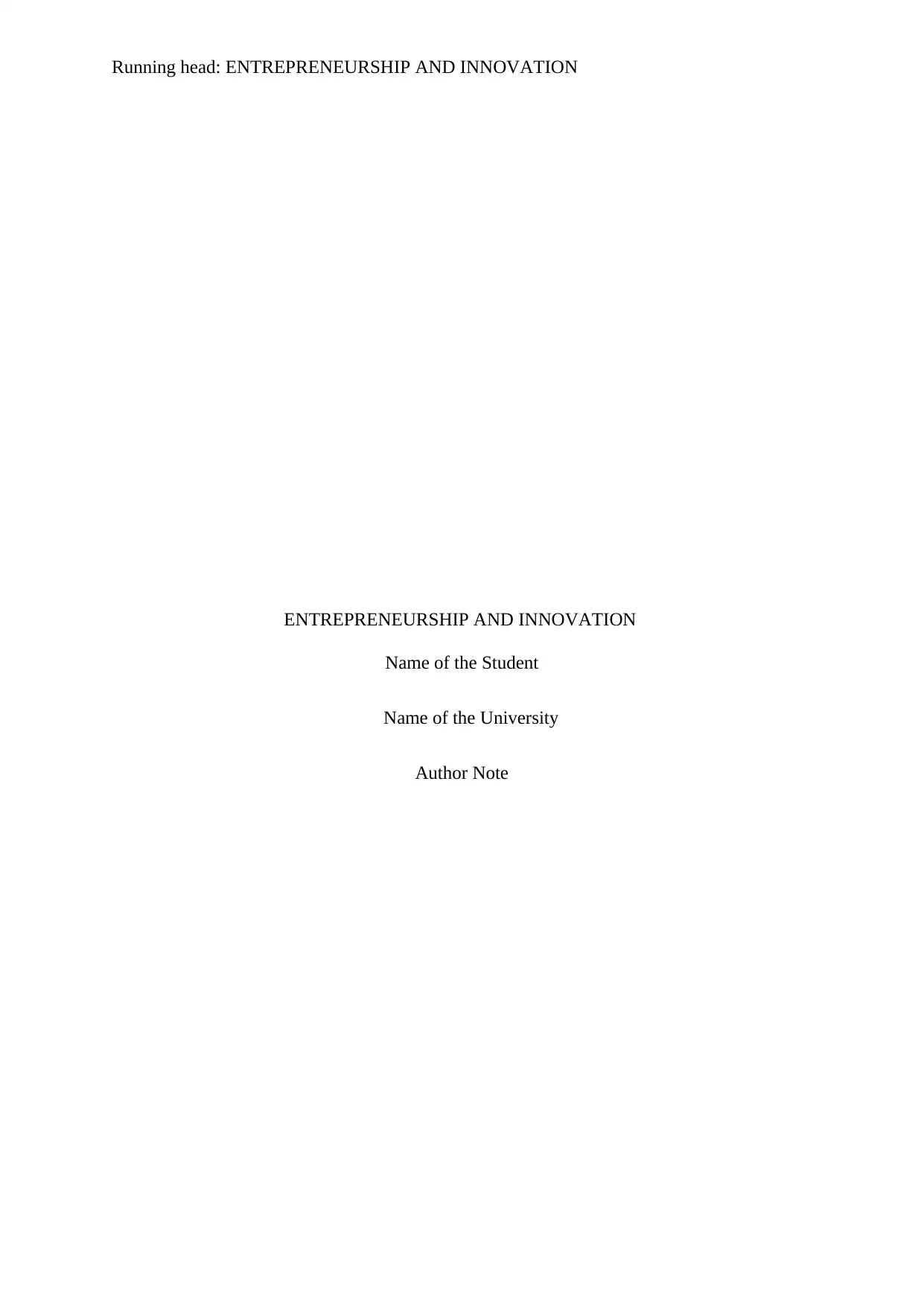
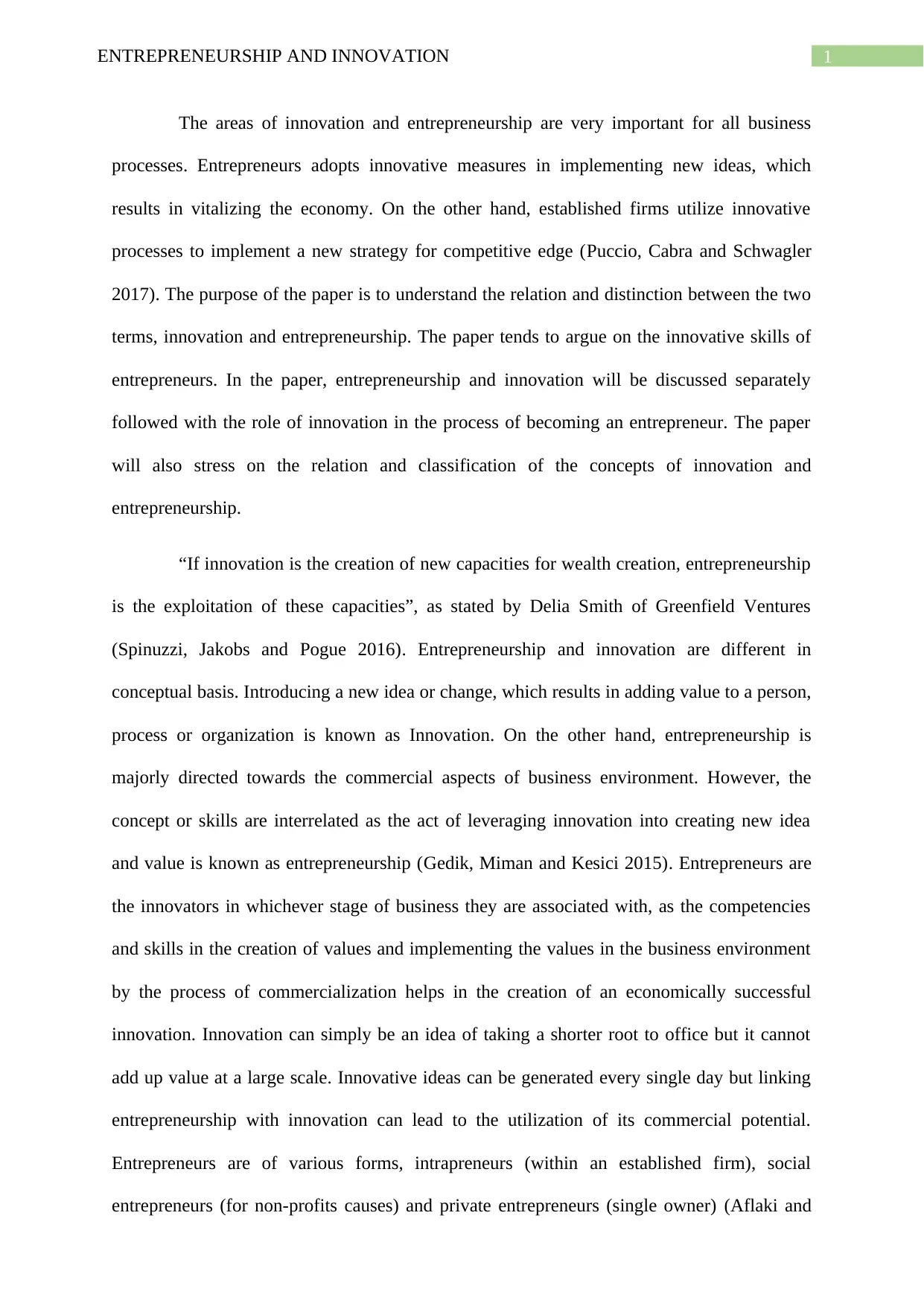
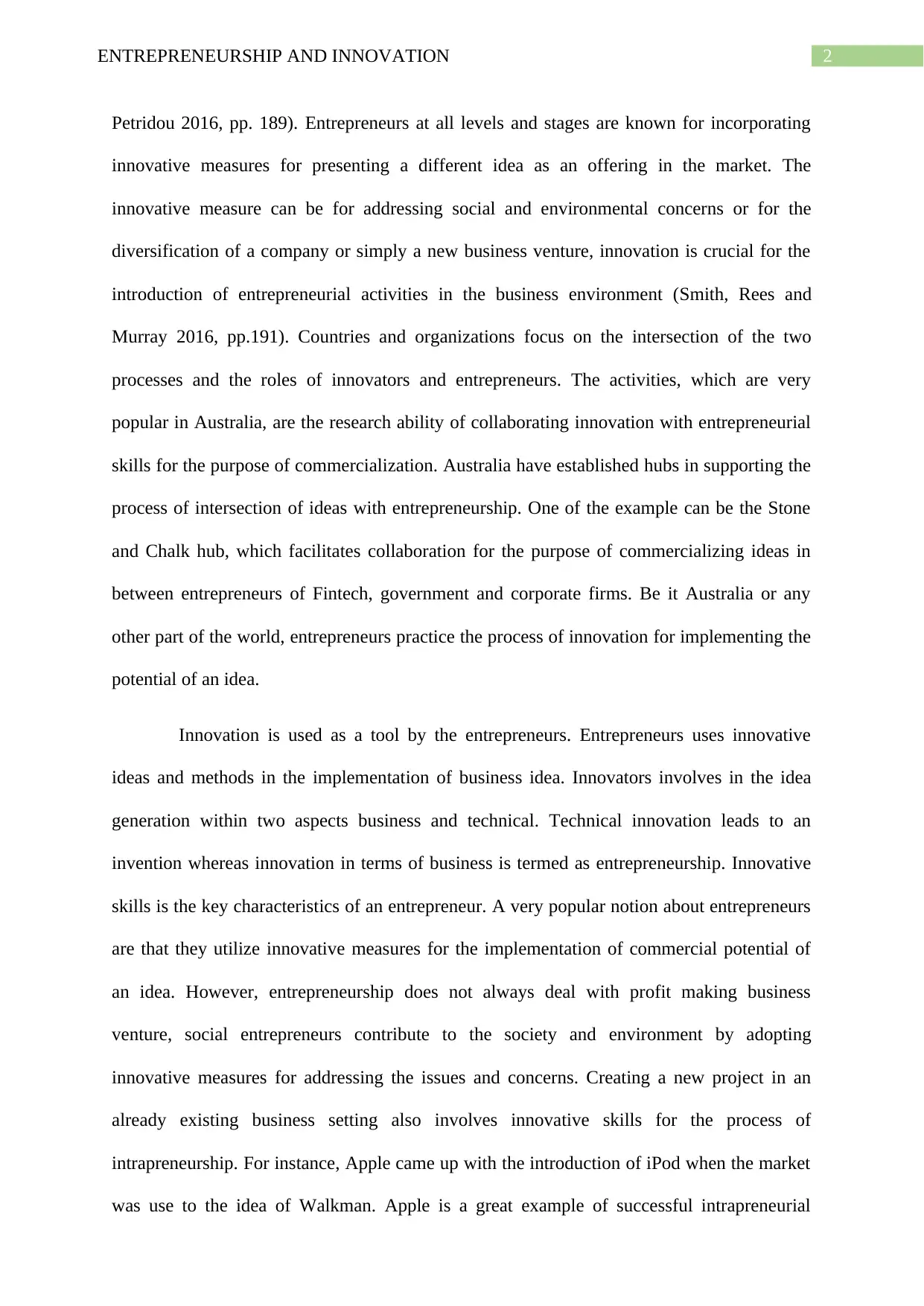
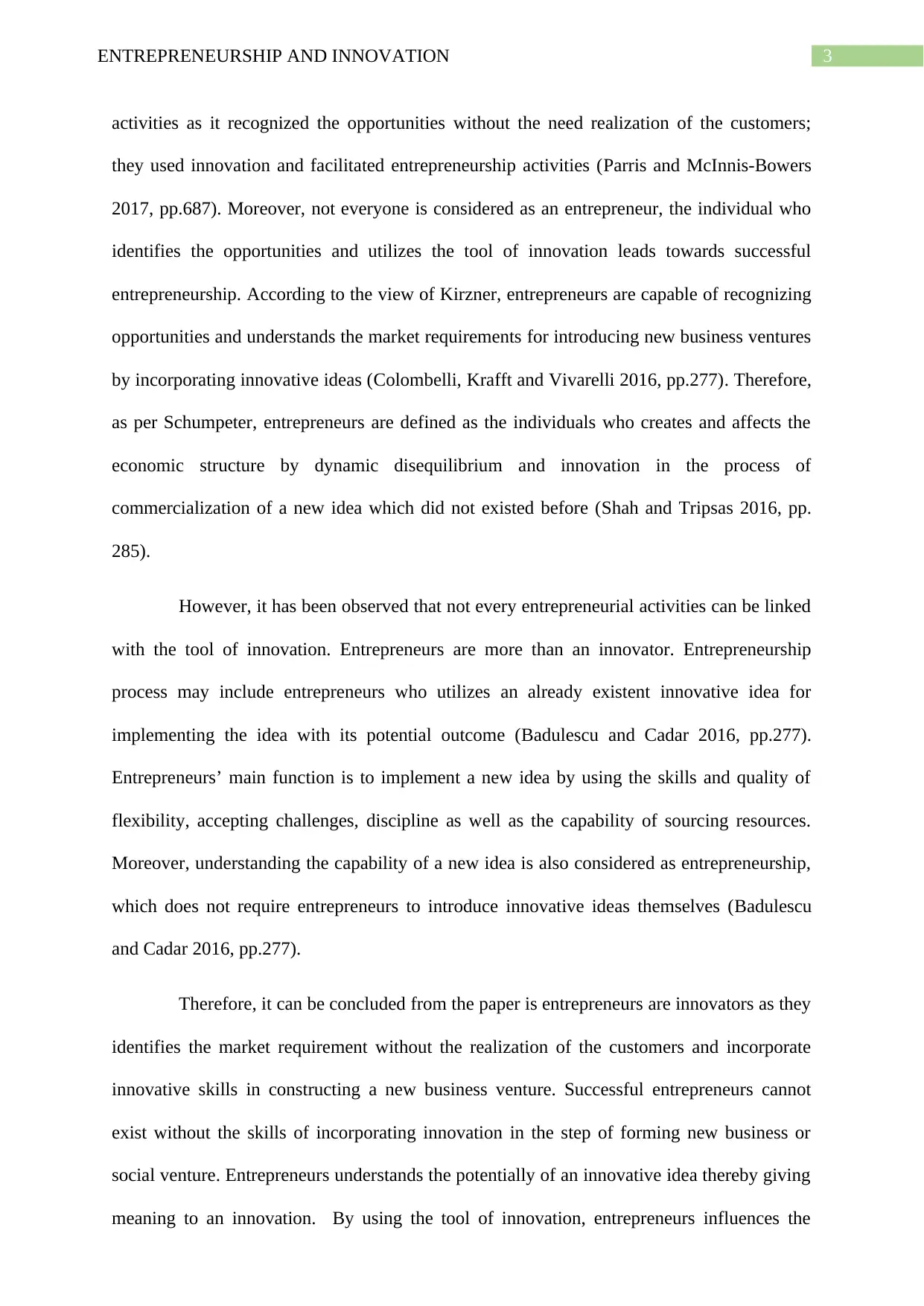

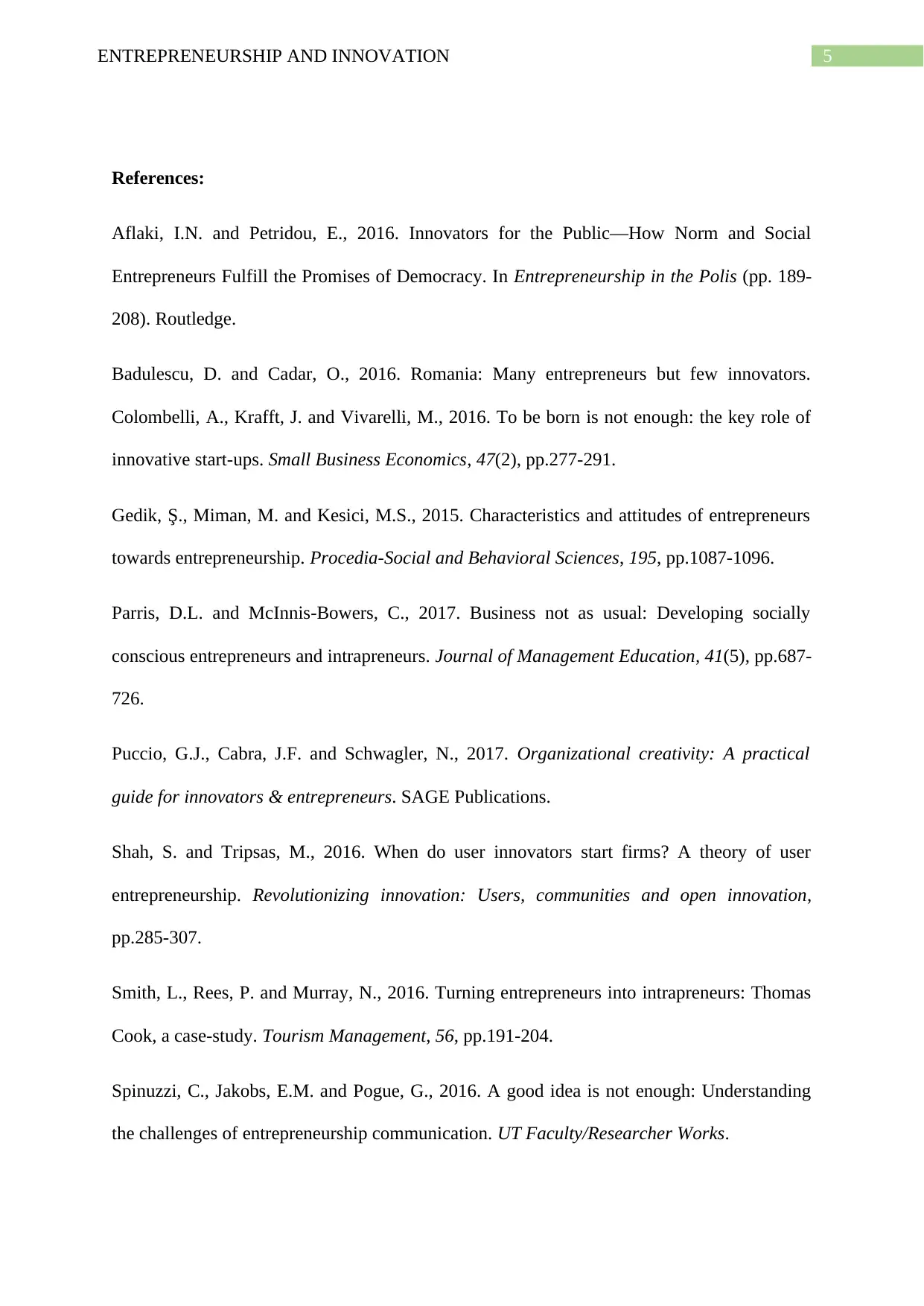





![[object Object]](/_next/static/media/star-bottom.7253800d.svg)